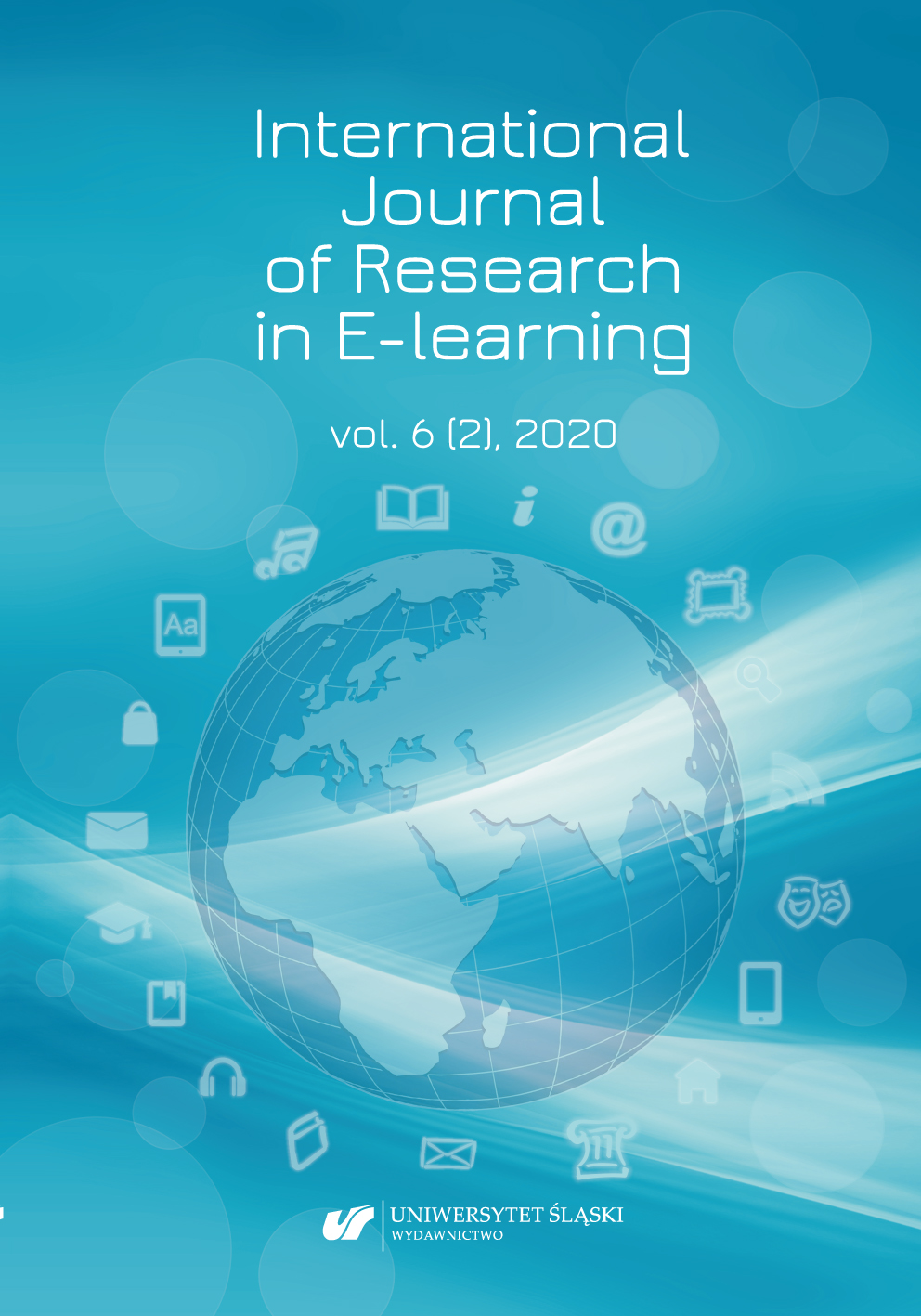

 https://doi.org/10.31261/IJREL.2020.6.2.10
https://doi.org/10.31261/IJREL.2020.6.2.10
Rapid technological development in recent years has contributed to numerous changes in many areas of life, including education and communication. Establishing interdisciplinary collaboration brings many benefits, it is, however, often associated with numerous problems and inconveniences, as well as the need for constant improvement, lifelong learning, professional development (CPD) and finding an effective way of information transfer. Living in a constant rush makes the logical order of information transfer become a key aspect, as more and more operations are being done chaotically, using multiple online tools. Although collaboration happens to be complicated even for colleagues specializing in different aspects of the same profession, establishing cooperation between specific groups of interdisciplinary specialists, such as engineers and physicians, has a significant impact on modern diagnostics and medical treatment development. Based on some selected case studies investigated at Gdańsk University of Technology and
Medical University of Gdańsk, supported by an overview of available education and collaboration tools, a solution based on the Moodle LMS platform has been proposed, implemented, and analyzed.
Download files
Citation rules

Vol. 6 No. 2 (2020)
Published: 2021-03-31